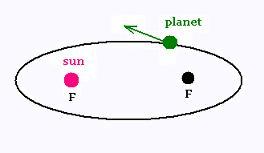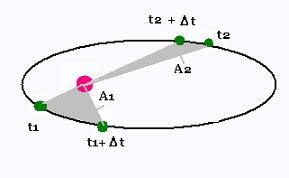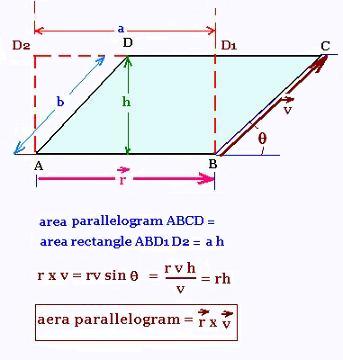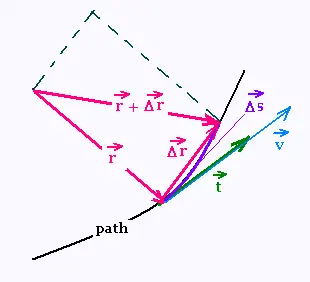Les forces
Les types de forces
Le dynamique
des forces
© The scientific sentence. 2010
| Kepler's laws
1. Introduction
The scientific interpretation of planetary motion
was stared by Nicolaus Copernicus (1473 - 1543).
Although a sun-centered or heliocentric model of the solar system
had been proposed by Aristarchus in the third century B.C., for
many centuries, one believed that the earth remains fixed while
the sun and planet circle it. Copernicus remarked that this earth-centred,
or geocentric model didn't correspond to the observed motion of the planets.
He proposed a system where the earth rotates in its axis once per year,
the earth and the other planets revolve around the sun, and the stars are
at greater distance from the earth than are the sun and the planets.
Tycho Brahe (1546 - 1601) spent the last half of his life, more that twenty
years, precisely measuring the position of the sun and the planets. At the end,
Brahe acquired Johannes Kepler as his assistant.
Johannes Kepler (1571 - 1630) used his great mathematical ans computational abilities, and
Brahe's measurements to determine the orbits of the planets, especially those
of the earth and Mars. He condensed his findings into three empirical laws:
2. The three Kepler's laws
 1. All planets move in elliptical orbits with the
sun at one focus.
1. All planets move in elliptical orbits with the
sun at one focus.
2. The motion of planets occurs in a plane, and
the area swept out by the line from the
sun to a planet is maintained at constant rate
(equal areas in equal time intervals)

3. The square of the period of any planet is proportional
to the cube of the planet's average distance from the sun.
3. Kepler's second law
This Kepler' second law can be found using Newton's second law
the Newton's law of universal gravitation applied to a planet in a circular
orbit.
Newton's second law applied to planet gives &Sigma Fsp = mp ac, where
Fsp is the magnitude of the force on the planet by the sun, mp is
the mass o of the planet, and ac is the magnitude of the centripetal acceleration
of the planet around the sun.
Since Fsp = G ms mp/r2, and
ac = v2/r = (ωr)2/r = ω2 r
= (2π/T)2 r = 4 π2 r/T2,
T is the period of revolution of the planet about the sun.
Therefore:
4 mp π2 r/T2 = Fsp = G ms mp/r2,
That is:
T2 = (4 π2/G ms) r3
The square of the planet's period T around the sun is proportional
to the cube of the distance r
from the sun to this planet:
T2 = (4 π2/G ms) r3
4. Kepler's third law

This Kepler' third law can be found using again Newton's second law
and Newton's law of universal gravitation applied to a planet.
Kepler's third law states:
The motion of planets occurs in a plane, and
the area swept out by the line from the
sun to a planet is maintained at constant rate.
Therefore:
The area element ΔA swept in the time interval Δt is:
ΔA = (1/2) r Δr (the half of the parallelogram of area r Δr) =
|(1/2) r x Δr|
At the limit as Δ → 0
dA = (1/2) |r x dr|
Since dr = v dt, we obtain:
dA = (1/2) dt |r x v|, or
dA/dt = |r x v|
According to Kepler's third law, this rate is
constant that is the cross product r x v is constant
vector. Therefore, this cross product vector is normal to the
plane of motion that contains r and v.
The derivative of the cross product gives:
d(r x v)/dt = 0 . That is:

d(r x v)/dt = (dr/dt) x v + r x dv/dt =
v x v + r x a = r x a = 0
r x a = 0 means that the acceleration a is parallel to the position r
vector.
This acceleration multiplied by the inertial mass m
gives, according to Newton's second law, the related force which is the
only force applied to this mass. So this centripetal force is parallel to r;
and according to Newton's law of universal gravitation, this centripetal force is
provided by another force which is the gravitational force.
The motion of planets occurs in a plane, and
the area swept out by
the line from the
sun to a planet is maintained at constant rate
r x v is constant
|
|